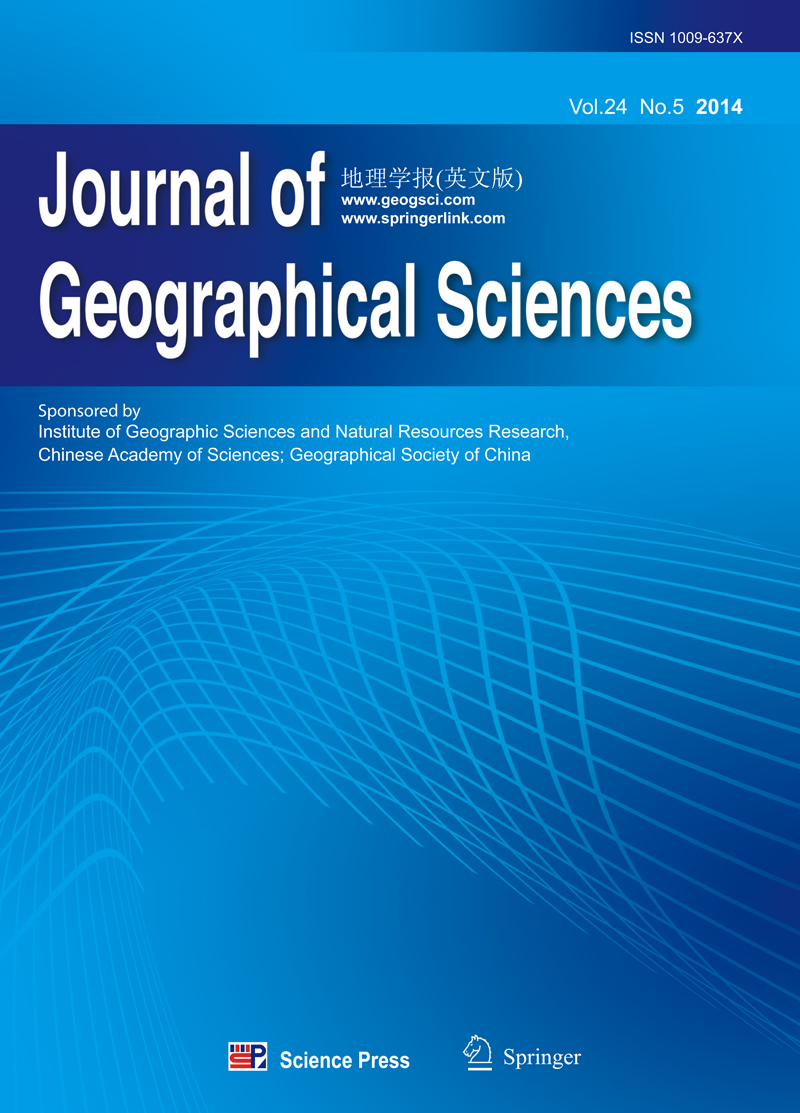
The relationship between population distribution and resources, environment and social-economic development has a significant influence on the human development. This paper set up a set of index system and model methods for the assessment of the coordination between population and resources, environment and social-economic development, and it quantitatively evaluated this coordination at the provincial scale in 2000 and 2010 respectively. Based on this set of index system, the suitability degree and the spatial-temporal pattern of population distribution at the provincial scale were carefully characterized. The restriction of population distribution at the provincial scale was graded and classified, and the coordinated development strategy of population, resources, environment and social economy was finally put forward. The results showed that: (1) The environmental suitability of population distribution at the provincial scale was generally high in China, which tended to be stable from 2000 to 2010. (2) The restriction of water and land resources at the provincial scale was generally strong in China, but it tended to be weak from 2000 to 2010. (3) The coordination degree between the social-economic development and population distribution at the provincial scale was mostly at a middle level, which was in the positive upward path from 2000 to 2010. (4) The suitability of population distribution at the provincial scale was mostly at a middle level, all of which was rising from 2000 to 2010. (5) The coordination degree between population distribution and resources, environment and social-economic development at the provincial scale was divided into four grades, including basic coordination, relative coordination, awaited coordination and urgent-needed coordination. (6) The basic ways to promote the coordinated development of population, resources and environment in different regions in China can be summarized as: implementing the strategy of population agglomeration and evacuation, guiding the orderly flow of population, optimizing the spatial distribution of population and drawing up the spatial planning of population development.
Migration plays an increasing role in China's economy since mobility rose and economic restructuring has proceeded during the last three decades. Given the background of most studies focusing on migration in a particular period, there is a critical need to analyze the spatial-temporal patterns of migration. Using bicomponent trend mapping technique and interprovincial migration data during the periods 1985-1990, 1990-1995, 1995-2000, 2000-2005, and 2005-2010 we analyze net-, in-, out-migration intensity, and their changes over time in this study. Strong spatial variations in migration intensity were found in China's interprovincial migration, and substantial increase in migration intensity was also detected in eastern China during 1985-2010. Eight key destinations are mostly located within the three rapidly growing economic zones of eastern China (Pearl River Delta, Yangtze River Delta and Beijing-Tianjin-Hebei Metropolitan Region), and they are classified into three types: mature, emerging, and fluctuant origins, while most key origins are relatively undeveloped central and western provinces, which are exactly in accordance with China's economic development patterns. The results of bicomponent trend mapping indicate that, in a sense, the migration in the south was more active than the north over the last three decades. The result shows the new changing features of spatial-temporal patterns of China's interprovincial migration that Fan and Chen did not find out in their research. A series of social-economic changes including rural transformation, balanced regional development, and labor market changes should be paid more attention to explore China's future interprovincial migration.
With the environmental deterioration caused by the advance of climate change, soil salinization is a serious and growing global problem. Currently about 7% of the world's land surface is threatened by salinization. China is a country whose soils are severely affected by this problem, which, due to its extensive area, and wide distribution poses a serious threat to regional agricultural development. In this review, we summarize the framework for soil salinization research in China over the past 70 years, assess the weaknesses of existing research in both a domestic and international context, highlight the trends and key findings of global research about saline soils over the past 30 years, and propose six major fields and directions for future research on saline soil.